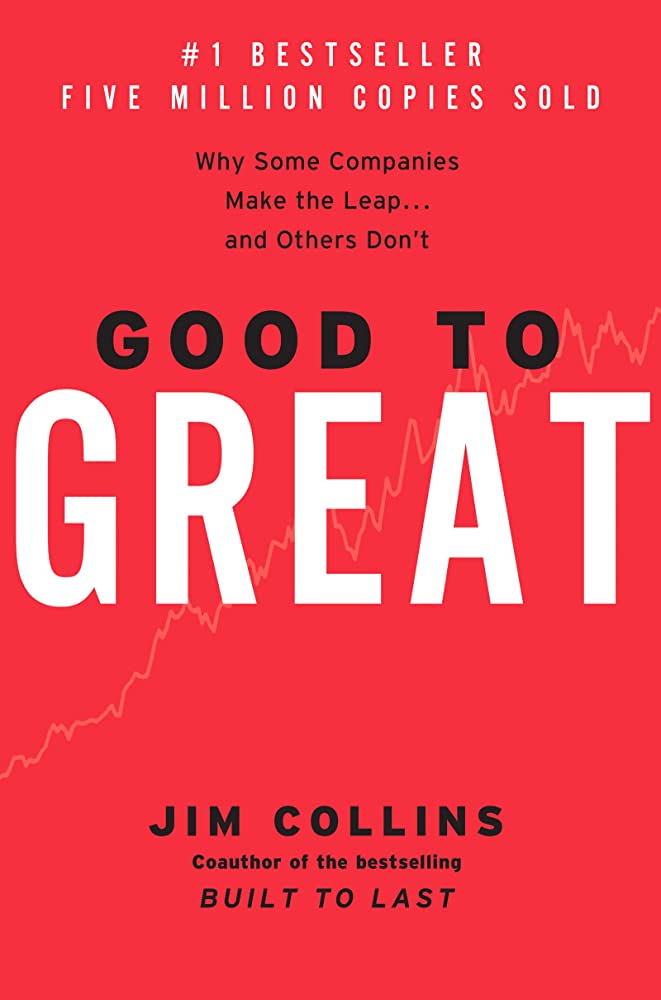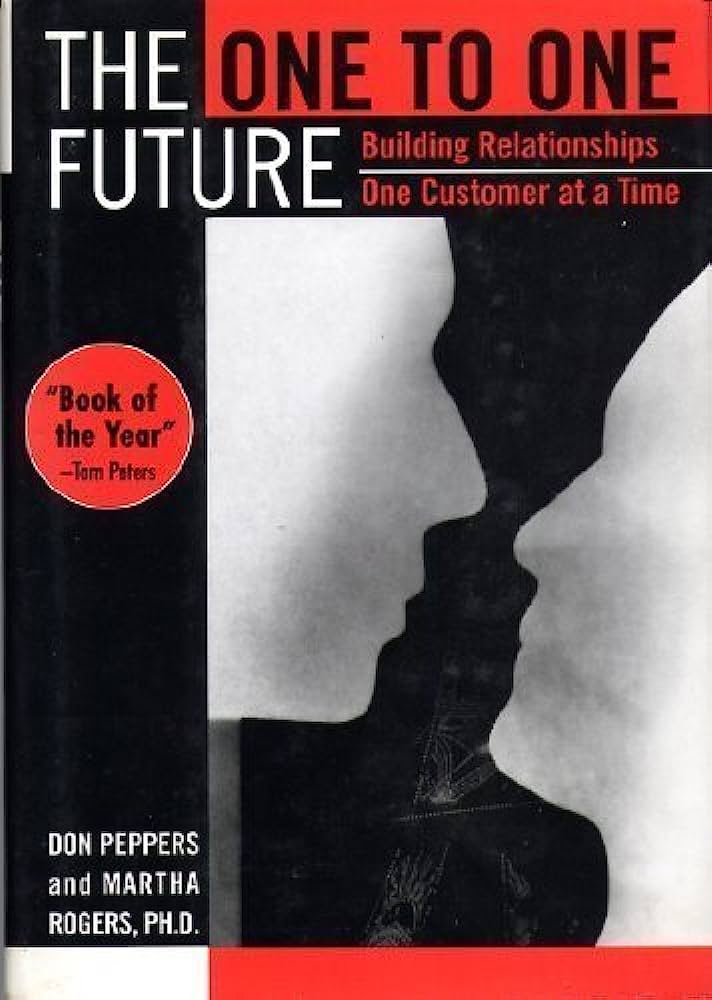The DNA of Customer Experience: How Emotions Drive Value
RATING


Shaw gives a broad overview of the customer experience and its importance to companies in today’s competitive environment, noting that research shows that 50% of a customer’s purchase experience is emotional.
He expands on customer experience theory by framing the emotions of customer experience into 4 clusters – the Value Destroying Cluster, Attention Cluster, Recommendation and Advocacy Clusters. The three positive clusters are a progression of sorts which you need to guide your customers through to create advocates for your company. Each company in turn has a unique Emotional Signature, or the pattern of emotions a company creates in a customer. The author also gives examples as to how to measure your customer progress through the Net Promoter Score (developed by Bain), pointing out its direct correlation with increased revenues.
Shaw advances the understanding of customer experience through theory and many relevant case studies and examples, with lots of diagrams to put it into perspective. The book adds to the body of knowledge about customer experience, developing a structure of 4 clusters of emotions and suggestions of ways to measure the strength of a company’s or product’s “emotional signature” through the NPS and examples of revenue generated.
This book is heavy on the theoretical but we feel falls short in specific tools for application to a company. For example, it recommends the use of the Net Promoter Score, which was developed by Bain (but seems vague in terms of it being a product of the authors or Bain), to be used to measure the vitality of the emotional signature.” They rightly point out that companies often ask how they interpret it or improve upon it in practice. The book merely points out that there is a correlation between increased revenues and the NPS which seems obvious, but short on any methodology or specific quantification attributed to customer experience. They also introduce 4 types of value which are key to long-term revenue growth – extrapolated, incremental, strategic and social network value. Again, useful theory but seems to fall short of validating that which is attributed to the customer experience or ways to improve upon. See also Senteo review for Customer Experience Strategy.
Show me the money! This is the frantic cry of the “old guard” of senior executives as they desperately struggle to deal with commoditizing markets, the loss of their differentiator and the inevitable impact on profitability.
At the same time the new breed of enlightened, customer-focused executives knowingly smile, seeing the answer is simple: focus on the customer rather than the organization, provide customers with an emotionally engaging experience, and the rest will take care of itself. They understand that the customer experience is the next competitive battleground and that emotions account for over 50% of an experience.
In one case study in this book, an organization adopting this philosophy dealing in a mature market, enjoyed 100% growth in revenues, doubled their customer base, substantially reduced customer churn, increased the effectiveness of their marketing campaigns by 20% and reduced employee attrition by 13%.
By the end of the book you will understand:
- The four clusters of emotions that increase customers’ short term spend and drive and destroy customer loyalty
- How to prove that improving your customer experience provides considerable financial returns
- How to evoke these emotions in your customers
- How these emotions affect your “Net Promoter” score and how to use them to improve it
- Why every organization has an Emotional Signature
As stated above, the book suggests several methods of measuring how customers feel about your company or product through use of the Net Promoter Score and citing how KPIs are also useful. It is also full of diagrams and charts which put the principles of customer experience (emotions of the four clusters) and customer progression from the attention stage to the advocate stage into perspective.

This book provides more of a strategic overview of customer experience. It does provide some frameworks or tools, such as the 4 Clusters, however they are somewhat limited in their application.
See content on this topic

Sales training for front line along with basic development and coaching principles for line management.
Understanding branding and communications from the standpoint of emotional engagement and building relevant and meaningful dialogue with customers.
This course covers a complete view of customer touch points (both physical and virtual) and a unique model for standardizing and managing customer contact models across channels including approaches for customer feedback, quality management, and migration.
Understand how the innovation process changes moving from functionality and channel design to a process focused on creating value for customers.
Experiential Branding & Communications – Improving Brand Integration Through Emotional Engagement.
This course covers a complete view of customer touch points (both physical and virtual) and a unique model for standardizing and managing customer contact models across channels.
Understand the value of a customer-oriented analytics package and how behavioral scenarios can be used to improve profitability through influencing behavior and usage.
To understand the principles of game dynamics and learn how to effectively use the elements of gamification in business: to involve customers, employees and contractors in the process.
Understanding branding and communications from the standpoint of emotional engagement and building relevant and meaningful dialogue with customers.
This course covers a complete view of customer touch points (both physical and virtual) and a unique model for standardizing and managing customer contact models across channels including approaches for customer feedback, quality management, and migration.
Experiential Branding & Communications – Improving Brand Integration Through Emotional Engagement.
This course covers a complete view of customer touch points (both physical and virtual) and a unique model for standardizing and managing customer contact models across channels.




 Copy Link
Copy Link
 E-mail
E-mail
 LinkedIn
LinkedIn
 Facebook
Facebook
 Telegram
Telegram
 WhatsApp
WhatsApp














 Go Back
Go Back
Leave a Reply
You must be logged in to post a comment.